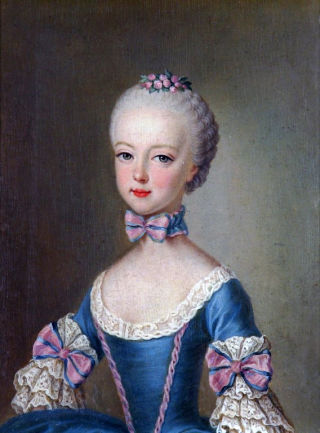Death Becomes Her
Beauty is skin deep – but sometimes the treatments seep in…
One Of The Hazards Of The 1700s Was Death By Rouge
by Esther Inglis-Arkell (http://io9.com)
“The late 1700s were not known for their long life-expectancy. One of the many sources of death, at the time, was a nasty little thing with the incongruously pleasant name of “cinnabar.” We’ll show you how fashion trends combined with chemistry to kill people off.
No one puts on make-up for their health. In the 2000s, fashion regimes involve injecting poison into the face. In the early 1900s, make-up would sometimes blind women and occasionally cover them with radium. In the 1800s, arsenic-based make-up and tonics would shrink down women’s capillaries and, at times, poison them.
It was in the 1700s that people really went to town. The standards of the day were different. Women liked dark lashes and eyebrows, so they’d darken their facial hair with soot. Other than that, they wore very little eye make-up. They also didn’t go overboard with the lips. It was the skin that they concentrated on. If you’ve ever seen horror movies involving creepy porcelain dolls with chalk-white skin and dark red splotches on their cheeks, you’ve seen the last remnant of the fashion of the 1700s. Women painted their faces pure white with Venetian ceruse, which was made by mixing lead with vinegar. Because make-up was expensive, and washing wasn’t considered healthy, they wore this lead until it wore off, sometimes for weeks. (Some ladies at this time also came up with the pre-cursor to botox, an enamel-like coating that stiffened parts of their faces and didn’t allow their skin to wrinkle.)…”
For the rest, click here.
Share

